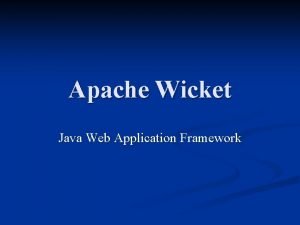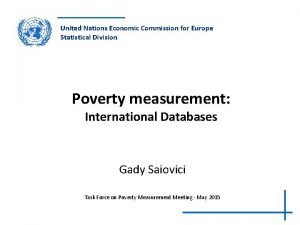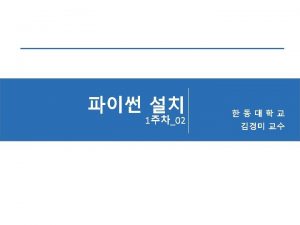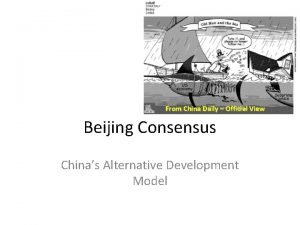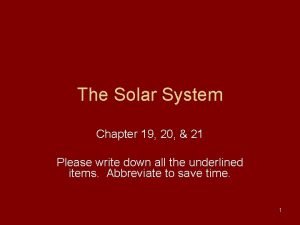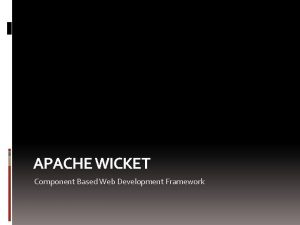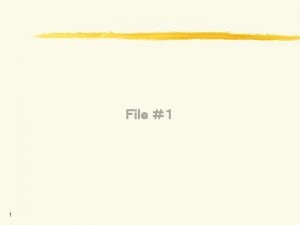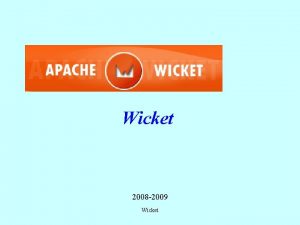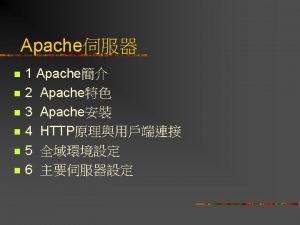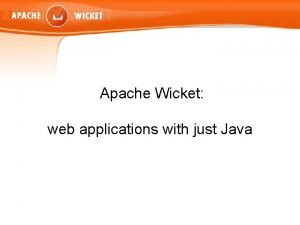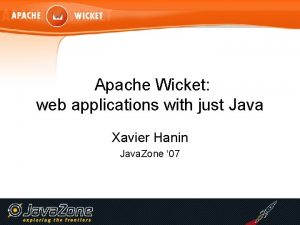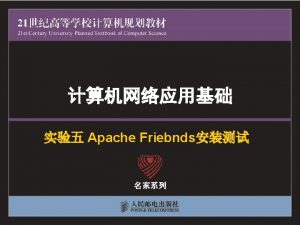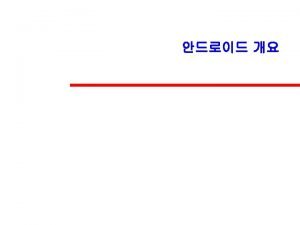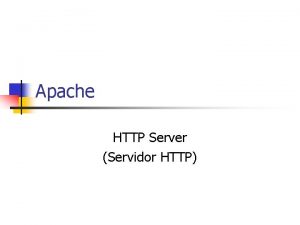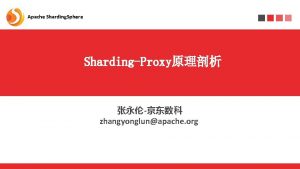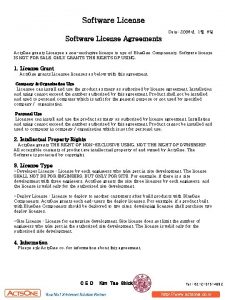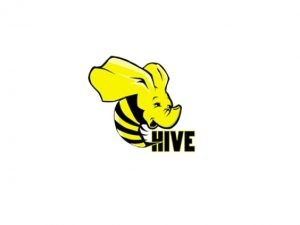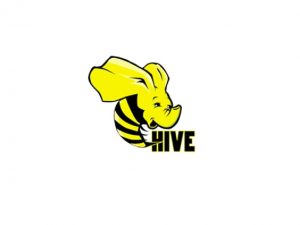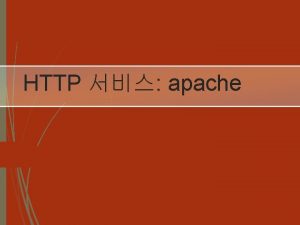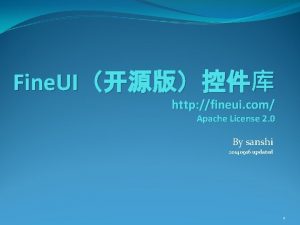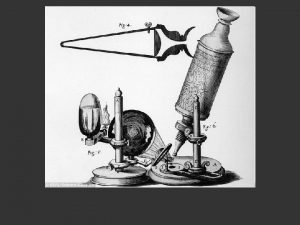Wicket http wicketframework org The Apache Software License
































- Slides: 32

Wicket拾い読み http: //wicketframework. org/ The Apache Software License 2. 0 suga






Wicketの細かなこと(3/3) • 実行時依存jar – commons-logging 1. 0. 4, log 4 j 1. 2. 13 • compile時依存jar – portlet-api 1. 0, servlet-api 2. 3, junit 3. 8. 1 • XMLPull. Parserなどは内蔵 • Java. Doc、コメントたっぷり – Java. Docを見ればたいてい分かる • Retro. Weaver利用でGenericsコメントあり

開発の簡単な流れ • HTMLを作成 (src/example/Foo. html) – タグにwicket: idを付ける • Pageを作成 – Foo extends Web. Page • Applicationを作成 – Foo. Application extends Web. Application – get. Home. Page() { return Foo. class; } • web. xmlにWicket. Servlet登録、マッピング – init-param: Foo. Applicationクラス名

入力フォームの構築 • 入力を受けるモデルを作る – POJO (implements Serializable) • Pageでコンポーネントを構築 – add(new Foo. Form("foo. Form", model)); – public class Foo. Form extends Form – add(new Text. Field("age", Integer. class) { public IConverter get. Converter() { } });

入力の受け付け (1/4) • 入力を受けるモデルを作成 – Foo. Model implements Serializable • POJO • Pageでコンポーネントを構築 – Form foo. Form = new Form("foo. Form", new Compound. Property. Model( new Foo. Model() ) );

入力の受け付け (2/4) • foo. Form. add( new Text. Field("url", URL. class) { public IConverter get. Converter() { return new Simple. Converter. . } }. add(new URLValidator()) ); • add(foo. Form); 真骨頂は • サンプル: Form. Input コンポーネント化して 再利用できること

入力の受け付け (3/4) • Compound. Property. Model – POJOをModelとして扱うためのWrapper – componet. idと同名のpropertyを扱う • == テンプレートのwicket: id – on. Get. Object(Component) – on. Set. Object(Component, Object value) • valueがString, かつcomponent. type != nullなら component. converter. convert(String)で変換 • リフレクションの処理: Property. Resolver


イベント • リンク: a href, onclick – new Link("link. Id") { public void on. Click() { // do } } • Submit – Form#on. Submit() – バリデーションが成功したら呼ばれる

画面遷移 (1/5) • new Page. Link("link. Id", new IPage. Link() { public Page get. Page() { return new Foo(); // Web. Page } public Class get. Page. Identity() { return Foo. class; } } • http: //localhost: 8080/linkomatic? wicket: interfa ce=: 0: action. Link: : ILink. Listener • サンプル: linkomatic

画面遷移 (2/5) • new Bookmarkable. Page. Link( "link. Id", Foo. class). set. Parameter("parametername", "value") – 履歴を持たない、ブックマーク可能なリンク – http: //localhost: 8080/linkomatic? wicket: boo kmarkable. Page=: wicket. examples. linkoma tic. Page 1 – http: //localhost: 8080/niceurl/a/nice/path/to/t he/first/page

画面遷移 (3/5) • 画面遷移の方法 – wicket. settings. IRequest. Cycle. Settings • ONE_PASS_RENDER – いわゆるforward • REDIRECT_TO_BUFFER (default) – PRG (バッファに描画しリダイレクト時に返す) – session. Id + query. Stringでbuffering • REDIRECT_TO_RENDER – PRG (リダイレクト時に描画する) – refreshしても大丈夫

画面遷移 (4/5) • 画面遷移の方法 – Wicket. Servlet#do. Get() – web. Application. get. Request. Cycle. Settings(). get. Render. Strategy() • もしREDIRECT_TO_BUFFERの2回目なら – web. Application. pop. Buffered. Response(session. Id, query) • それ以外なら描画 – wicket. Request. Cycle#request() – #steps() → #step() // 状態を変えつつループ

画面遷移 (5/5) • 入力確認画面 - Form#on. Submit() - Page confirm. Page = get. Page. Factory(). new. Page( Foo. Confirm. class); confirm. Page. set. Model(get. Model()); cycle. set. Response. Page(confirm. Page); - あるいはget. Page. Factory(). new. Page( Foo. Confirm. class, parameters));

ライフサイクル • Applicationはひとつのみ生成 • Pageはフローの最初で生成 – セッションに格納 – ModelはPage次第 • HTMLファイルの更新監視 – wicket. markup. Markup. Cache #load. Markup. And. Watch. For. Changes – 標準は 1秒間隔 (Application#configure())

履歴の管理 • wicket. Page. Map – 通常は無名のみ – page. Idで履歴管理 – セッション内に最大 5 (設定可能) • wicket. Page#get. Version(int) – wicket. version. undo. Undo. Page. Version. Ma nager – 番号 0~ (-1: 最新)

Servlet APIのwrap • wicket. protocol. http. Web. Session – wicket. Session - Thread. Local • wicket. protocol. http. Web. Request – wicket. Request • wicket. protocol. http. Web. Response – wicket. Response

Cookieに永続化 • Cookieからセット – Page#set. Form. Component. Values. From. Coo kies() • Visitorパターン : Component. IVisitor#component() • Form#load. Persistent. Form. Component. Values() • wicket. markup. html. form. persistence. Cookie. Value. Persister

処理ステップ • wicket. Request. Cycle#step() – PREPARE_REQUEST – RESOLVE_TARGET • wicket. request. compound. Default. Request. Target. Resolve. Strategy – PROCESS_EVENTS • 可能ならRESPONDまでsynchronizedで実行 – RESPOND – HANDLE_EXCEPTION

URLのパース (1/2) • wicket. protocol. http. request. Web. Request. Coding. Strategy#decode() – path. Info, "page. Map. Name", "behavior. Id" – interface parameter • <page-map-name>: <path>: <version>: <interface> • 例) wicket: interface=: input. Form: 0: ILink. Listener – bookmarkable parameter • <page-map-name>: <page-class-name> • 例 )wicket: bookmarkable. Page=: wicket. examples. linkomatic. Page 1

URLのパース (2/2) • : <path>: <version>: <interface> – pathにはpage. Id(sequence no)を含む page-map-nameとversion: interfaceを 取り除いたものがpath (component) 例) : 15: input. Form: : ILink. Listener • wicket. request. compound. Default. Request. Target. Resolver. Strategy


例の資料に照らし合わせて (2/4) • Configuration – 全体設定:Applicationクラスにコーディング • wicket. settings. IXxxx. Settings • init() → 環境変数 → init-param → contextparam • Factoryを置きかえることで大抵のことはできる – Converter, Validatorなどはコーディング – 開発モード、運用モード • -Dwicket. configuration=development (default)


例の資料に照らし合わせて (4/4) • User. Interface – 動かすまでは簡単 • wicket. jar, commons-logging. jar, log 4 j. jar – Wicket Inspector • /foo? wicket: bookmarkable. Page=: wicket. examp les. debug. Inspector. Page – エラーメッセージがわかりやすいかは不明


 Apache wicket examples
Apache wicket examples Wicket rhythm eeg
Wicket rhythm eeg Tripod headline
Tripod headline Greaseless bushings
Greaseless bushings Primary headline
Primary headline Apache web server architecture
Apache web server architecture Tomcat production configuration
Tomcat production configuration Org.apache.xpath.xpathapi
Org.apache.xpath.xpathapi Http //mbs.meb.gov.tr/ http //www.alantercihleri.com
Http //mbs.meb.gov.tr/ http //www.alantercihleri.com Siat ung sistem informasi akademik
Siat ung sistem informasi akademik Http://mbgnet.mobot.org/
Http://mbgnet.mobot.org/ Http://oh.portal.airast.org
Http://oh.portal.airast.org Criterion ets
Criterion ets Http://www.caaspp.org
Http://www.caaspp.org Http://hdr.undp.org/en/data
Http://hdr.undp.org/en/data Http://www.pbs.org/ktca/liberty/
Http://www.pbs.org/ktca/liberty/ Lääne siberi lauskmaa
Lääne siberi lauskmaa Official smarter balanced summative assessment
Official smarter balanced summative assessment Http://pisa.ets.org/school
Http://pisa.ets.org/school : https://www.python.org/
: https://www.python.org/ Http://www.finaid.org/calculators/loanpayments.phtml
Http://www.finaid.org/calculators/loanpayments.phtml Educationplanner learning style
Educationplanner learning style Www.python.com
Www.python.com Xenon neutrons
Xenon neutrons Http://hdr.undp.org/en/countries
Http://hdr.undp.org/en/countries Http://fsassessments.org
Http://fsassessments.org Http://library.thinkquest.org
Http://library.thinkquest.org Http://www.blueplanetbiomes.org/world_biomes.htm
Http://www.blueplanetbiomes.org/world_biomes.htm A long walk to water summary
A long walk to water summary Http://nineplanets.org/
Http://nineplanets.org/ I became a system chapter 21
I became a system chapter 21 Http://www.nineplanets.org
Http://www.nineplanets.org Http://nineplanets.org/
Http://nineplanets.org/
